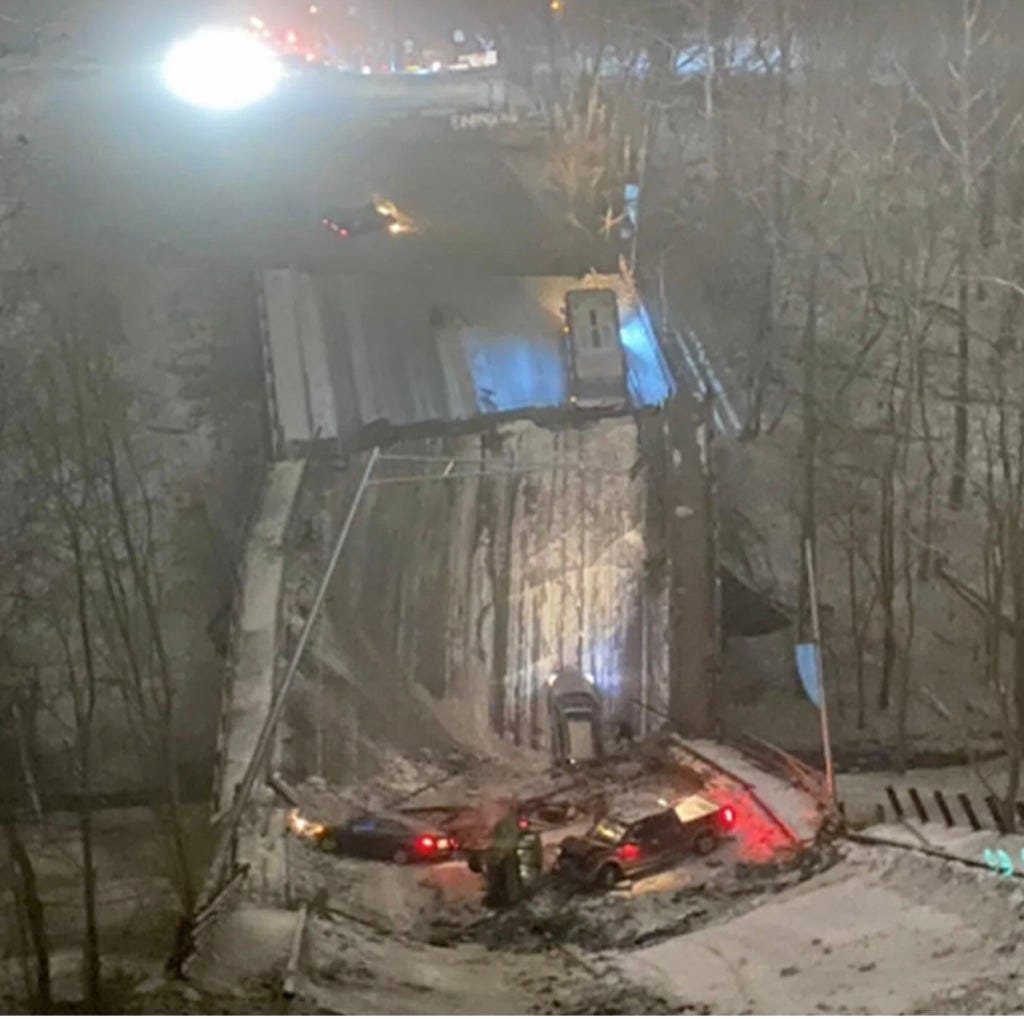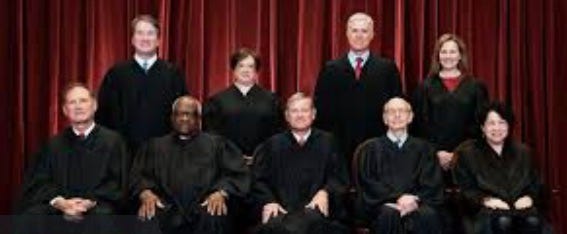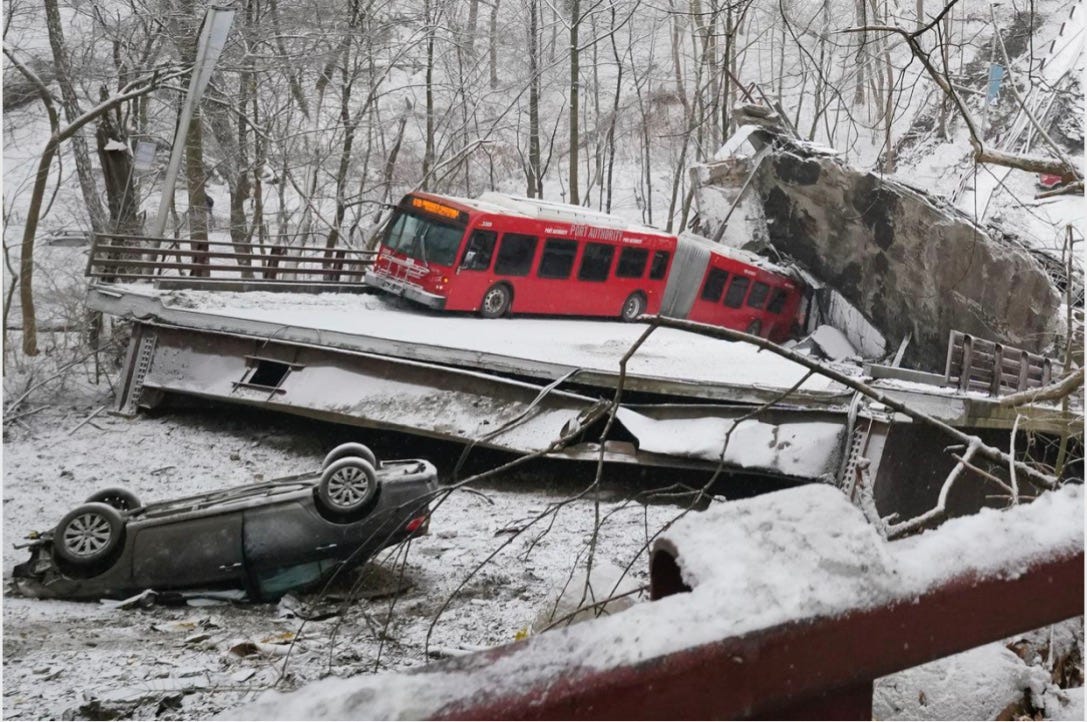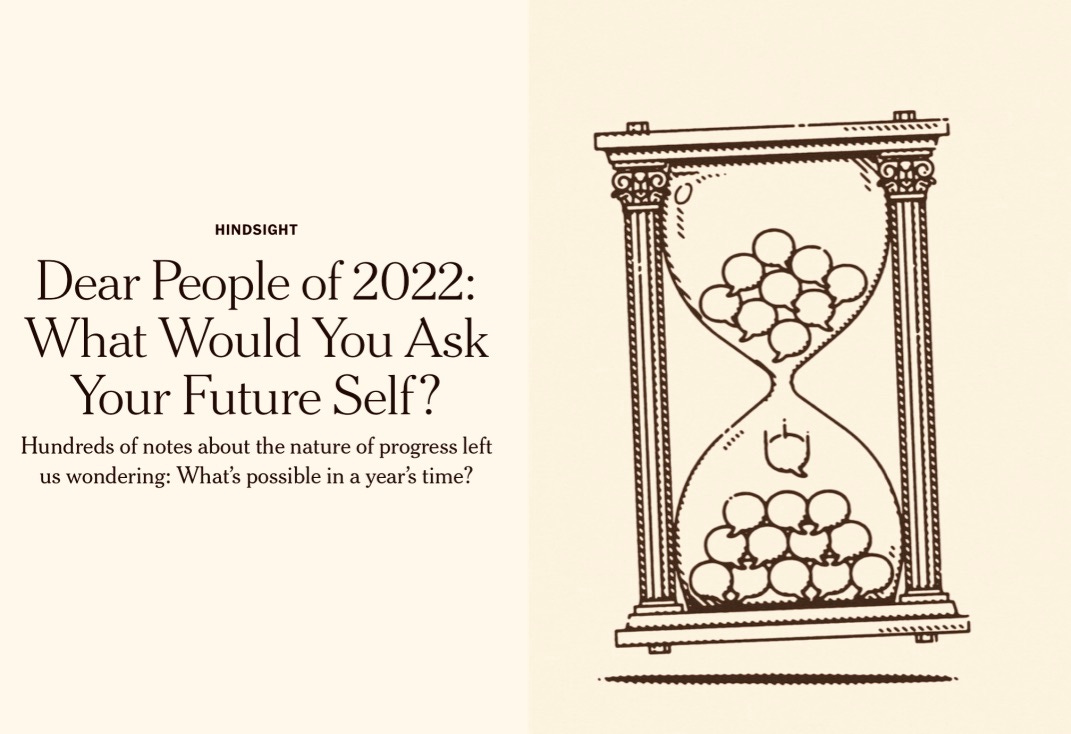Sunday-morning greetings from newShrink! Hope you are safe and warm on this third weekend of wintry weather in so many areas.
Once again the News Notebook’s soul-psychological themes appeared well-into the week’s writing process and coalesced around sets of visual images:

🔵


🔵

connecting themes…
Considering the above images in ascending order:
I had been thinking and writing about what is perhaps the week’s news of greatest consequence from the depth-psychology and soul-focused newShrink standpoint — especially when considered alongside other ongoing and recent Supreme Court developments:
“Justice Stephen Breyer to retire from Supreme Court,” (from The Washington Post).
🔷 Increasingly I have come to view the state of the judiciary, specifically the U.S. Supreme Court, as foundational and even defining of the state of our democracy, the soul of America, itself. (Going forward I will be saying more about this, and meanwhile this view does not exclude significance of other branches of government, the fourth estate of the press and other drivers of our society.)
🔷As for those aspens, real ones don’t grow in my non-mountainous southern zone. But a pair of look-alike trees, each standing sentry on either side of the street, marks the near-finish of my running route. Of late they have drawn eye and mind to the tree-of-life and Jung’s rhizome as apt metaphorical ways to understand the unconscious/soul dimension in our conscious/waking lives — and in our news.
A common link or underlying theme between these did not arrive until Friday morning’s news, with its startling ironic timing:
“Pittsburgh Bridge Collapses Hours Before Biden Infrastructure Visit” (Stories from both The New York Times and The Washington Post.)
At least 10 people sustained non-life-threatening injuries
🔷 Then (a bit like that winning Wordle “whack”of a couple of days prior) it struck me. All three sets of images are forms of essential infrastructure — defined most simply as “that which lies underneath or below the structure” and literally a bridge or span below that joins and strengthens. From the Latin root “infra-” (below or beneath) with the Latin “struere-” or the later Old French “structura-” (to build, that which is built), the combined form was used only after 1875 with widespread French building and development (not by early Romans.)
So whether we are talking about roads and bridges, trees and plants, whole and vital humans or their enduring democracies, that which is designed and built to sustain, shore-up by connection, enliven and nourish is that which lies planted deeply below the surface structures. This is a theme you might read and listen for in news highlighted in today’s and other editions of newShrink.
… with content
Continuing last week’s plan to organize and categorize content of this midterm election year’s increased volume and intensity of news of all kinds, along connecting themes News Notebooks will include three broad content areas (with more of some than others depending on the week, time and space considerations):
🔷 State of the news and news of the state — the largely journalistic “hard news;”
🔷 State of the psyche — stories specifically psychological in content, either from the clinical, mental health and neuroscience or the depth/soul-engaged ends of the profession’s spectrum; and
🔷 State of the arts and popular culture — stories that highlight and deepen understanding of the universal human experience, the archetypal themes expressed vividly through a culture’s mythology, fairytale, literature, religion, art, music, comedy. (Here I’m reminded of bank robber Willie Sutton whose widely reported, perhaps apocryphal, response to the question of why he robbed banks was “because that’s where the money is.”) For a depth-psychological perspective on the universal human experience, the arts and a popular culture can be a rich source for “where the archetypes are.”
For space and Substack-technology reasons, links to news and items headlined or mentioned here are on the website. You can access them by clicking the couch logo at the top of this email or directly from a browser to newshrink.substack.com. Today’s news-links post is titled News Haul Sunday 1.30.22.
🔵
state of the news & news of the state…
Political analysis and replacement-nominee previews predictably surfaced soon after the Breyer news leaked and even before the official joint announcement by President Biden and Justice Breyer.
“Biden Expected to Nominate a Black Woman to the Supreme Court,” (The New York Times.)
This otherwise well-done piece wins my vote for the most tone-deaf, inappropriately flip opening metaphor in a serious news story so far this year:
“Biden's Likeliest Replacement for Justice Breyer: Ketanji Brown Jackson” (The Atlantic).
“Like an air-horn blast at summer camp, the news of 83-year-old United States Supreme Court Justice Stephen Breyer’s imminent retirement is calling Democrats to attention.”
Editorial columnist Ruth Marcus cites relevant historic examples to support an effective and straightforward rebuttal of predictable criticism from the right with:
“The carping over Biden’s Supreme Court pledge is historically inaccurate and racially tinged. (The Washington Post)
What about candidate Reagan saying "It is time for a woman" before nominating Sandra Day O'Connor?”
Also from WAPO:
“Breyer’s legacy: A centrist, pragmatic problem-solver and defender of the court’s reputation.
Often overshadowed by the late liberal icon Justice Ruth Bader Ginsburg, Justice Stephen G. Breyer will leave a legacy when he retires at the end of the current term as a steadfast supporter of abortion rights, the environment and health-care coverage — and for his questions about the constitutionality of the death penalty.”
WAPO columnists, published here in The Charlotte Observer, spell out the structural political stakes of the Breyer replacement process:
“Breyer’s retirement gives Democrats a big opportunity.”
… and more news this week on the state of the judiciary
My intense attention was already on the U.S. Supreme Court with the announcement earlier this week that the Court would hear arguments on both of these key affirmative-action cases, likely sometime in the fall. Beyond my interest as a UNC alum, at stake is significant decades-old precedent set in place by the late Justice Sandra Day O’Connor. Ironically a conservative President Ronald Reagan appointee, O’Connor later described being immensely affected by learning of the life experiences of fellow Justice Thurgood Marshall, the Court’s first Black member. Her action on this issue underscores the vast difference in today’s much more predictably partisan positions in Court decisions.
“The Supreme Court adds affirmative action to its potential hit list.” (NPR’s Nina Totenberg).
“Supreme Court will hear UNC, Harvard affirmative-action cases,” (By The News and Observer of Raleigh, published here in The Charlotte Observer.)
A few of my thoughts:
🌀As mentioned, I’m viewing the Breyer retirement/replacement and indeed all developments involving the judiciary, particularly the high Court, as profoundly important with even-grave consequences for our democracy far beyond the next election cycles or decades.
🌀I will continue to reflect on this, and part of it is surely just individual preference and interest, for I don’t remember a time when I wasn’t avidly reading about and following the rulings, traditions, history, biographies of its jurists and cultural influences as well as the news of the Court and judiciary.
🌀It does seem clear that a greater and deeper gravitas of the Court results from its stability: The long, slow and painstaking process of weighing even needed change against well established precedent; the lifelong appointments of its members; and the role of its rulings only as ultimate ones, and therefore ones more difficult to change.
🌀Because of this keepers-of-precedent-and-history role, in my view this imbues the Court with the same archetypal “down-through-the-ages” connection that scholars of all kinds share with the thinkers who were before them. That archetypal level is bigger and deeper than any one justice or Court panel.
🌀Finally for now, my concern over this Court at this deeply divided time is to a great extent pragmatic. I am all too aware of systematic, decades-long efforts first to alter the Court via politicized appointees and then to dismantle hard-won freedoms long established by precedent. And in this, it is the Supreme Court’s very foundational solidity that, to me, makes the prospect of these kinds of dismantling so alarming for democracy.
Meanwhile…
🔵
state of the presidency on the international stage
Tensions are high in Ukraine regarding tangible indications of Russian aggression. I highly recommend Mary Louise Kelly’s NPR All Things Considered interview Friday evening from Kiev, Ukraine, where among other reports she interviews a member of the Ukranian legislature, who’s also a wife with young children, about the state of hope, dreams and fears in which they have grown accustomed to living. In other coverage:
“U.S. Offers ‘Diplomatic Path’ in Answer to Russian Demands
The U.S. response was not made public but Secretary of State Antony J. Blinken said it contained “core principles” on Ukraine’s sovereignty.” (The New York Times).
From political historian Heather Cox Richardson’s Letters from an American January 24:
“Today, the Pentagon ordered up to 8500 troops to go on standby in case they are needed to defend Ukraine against Russian aggression. The troops have not been activated. If they are, they will deploy to nations allied with the North Atlantic Treaty Organization (NATO), nations like Poland or Lithuania or Latvia, to provide help with logistics, medical needs, intelligence, and so on. If activated, the troops will not be authorized to enter Ukraine.”
And from lawyer and progressive activist Robert Hubbell on January 25 newsletter: “A True Leader”:
“Russia’s military buildup near Ukraine dominated headlines on Monday. The U.S. announced that 8,500 troops were placed on alert for possible deployment to Eastern Europe along with an equal number of NATO troops. President Biden held a 90-minute conference with NATO representatives and said that the allies are in “total unanimity” in their resolve to dissuade Russia from invading Ukraine. The situation is fraught, complicated, and unsettling. But the U.S. is in a stronger position today than it was a year ago when Trump’s “America First” foreign policy translated into “America Alone.”
🔵
state of the economy
Along with the complications of the rise in inflation that accompany such growth and pandemic-driven supply-chain problems, the record-setting growth in the economy was big news by late this week. More to come on these issues in upcoming editions.
“U.S. economy and jobs grew at the fastest rate since 1984 last year” (From Forbes.)
🔵
state of the psyche
Perspectives and ideas from the depth/soul-engaged area of psychology were a significant portion of today’s introductory images and theme section, so here are pieces from the clinical and mental-health dimension.
I bring this first-person story that I find valuable for many as we close-out New Year’s resolution season’s ”dry-January.” From a therapist viewpoint I am keenly aware and appreciative of the benefits and proven effectiveness of the 12-step/Alcoholics/Narcotics Anonymous tools, relationships and approaches to treat alcohol- and substance-abuse disorders successfully, even permanently, in many people. I also greatly value and recognize the need for additional, customized and different approaches and tools. In particular, women who struggle with passivity and learned-helplessness can thrive on approaches like the one described here, which emphasize learning to claim individual autonomy and responsibility to address the relationship with alcohol or other addictive substance.
“Perspective |‘I’m not drinking right now.’ You don’t need to have a problem to take a break.
Melissa Urban, co-founder of the Whole30 program, experimented with a break from alcohol. Three years later, she doesn’t miss it.”
🔵
state of the arts & pop culture
Here is a quirky article from The New York Times that piqued my interest in a guy I’d never heard of, the late Dr. Hans Rosling, apparently a former Ted Talk tour de force who wrote a book called Factfulness:
“For Dr. Rosling, pessimism and optimism were both irrational responses to reality. ‘People often call me an optimist, because I show them the enormous progress they didn’t know about,’ he wrote in Factfulness. ‘I’m not an optimist. That makes me sound naive. I’m a very serious possibilist. That’s something I made up. It means someone who neither hopes without reason, nor fears without reason, someone who constantly resists the overdramatic worldview.”
The Hindsight series looks at past efforts to improve our world to learn how society can best achieve progress in the face of accelerating dangers. This article closes with an invitation to write and send in “a letter to your future self” addressing what you think are goals, possibilities and limitations around issues of such major community concern as climate change.
“When we reported on the outcomes of past forecasts, we weren’t looking for positive trends or surprising accomplishments, just lessons from the past about our capacity to envision and shape the future….
What we realized was that progress is impossible to detect — much less make — without fixing our attention toward a future milestone and carefully measuring our movement toward or away from it. We had to focus on the possible…”
🔵
Considering another resource unfamiliar to me, here is a call to readers: Are you familiar with online OZY.com, A Modern Media Company publication with the tagline “Live Curiously?” If that sounds more than a little like Steve Jobs with Wozniak in his early garage, from “The Story of OZY” on the website it was “started with love” in Mountain View, CA, by two former hedge fund managers… and with investors who include Lorene Powell Jobs, Steve’s widow.
Steve’s October 2011 death, and the excellent Walter Isaacson biography that heralded it, shifted the entire focus of my dissertation then underway. From then on it was out of the therapy room, onto public news-figures, and Jobs was one of my first study subjects. The magnetic pull of the “Jobs effect” — and what for me was a bizarrely passionate tech conversion to all-things-Apple, from decades as a pretty tech-agnostic PC person — seems to have stuck with me ever since.
I’m interested in your take on OZY, if you have one. While its breathlessly hipster style and tone require some attitude-adjustment on my part, there’s also solid and varied content along relevant psychological themes. And its sources are attributed and cited, albeit in conversational rather than formal style. I like the prospect of bringing in material now and then with a markedly younger generational perspective… when it’s quality stuff.
And before signing off on this I’ll share from the website what has to be the weirdest rationale I’ve heard for a product or publication name:
“THE MILLION-DOLLAR QUESTION
WTF does ‘OZY’ mean?!
We were founded on the belief that more is possible and a determination to question assumptions about how the world operates and what lies ahead. And we built those convictions into our name, which comes from "Ozymandias" by Percy Bysshe Shelley. The poem is commonly read as a warning against outsized egos and the impermanence of power. But we choose to read it differently. To us, it's a call to think big while remaining humble. Admittedly, ours is an unconventional interpretation — because that's who we are. In a world littered with conformity, we like to see things differently.”
“Ozymandias” is linked on the website in today’s News Haul. But a caveat: Until this poem I’d thought the most depressing lines, ever, must be the infamous Thomas Hobbes ones about life. That led me to revisit what Hobbes actually said:
“No arts, no letter; no society; and, which is worst of all, continual fear, and danger of violent death; and the life of man, solitary, poor, nasty, brutish and short.”
In Leviathan, 1651, Hobbes was arguing the importance of central government without which there would be no culture, no society.
He was making the case for underpinnings of well-governed society — for infrastructure… bringing us full-circle back to today’s newShrink theme!
🔵
Now I’ll leave you with some non-brutish contrast…

And more winter silliness…

And, that is all I have! Talk to you next week.
🦋💙 tish
🌀🔵🔷🦋💙
… it is important that awake people be awake,
or a breaking line may discourage them back to sleep;
the signals we give — yes or no, or maybe —
should be clear: the darkness around us is deep.
— William Stafford, “A Ritual to Read to Each Other”







